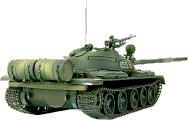Verdun - The Greatest Battle of World War I
Welcome to Verdun... Links to all of the pages related to Verdun are at the bottom of this page. These photos are from a recent trip my brother in law Jean Pierre and I made together.

A4 to Verdun
Verdun straddles the Meuse River and is located in the heart of the Meuse Department about 250 kilometers (150 miles) almost perfectly due east of Paris. Getting there is easy, at least upon clearing Paris: take the toll autoroute A4 through Reims and past Valmy and keep going.
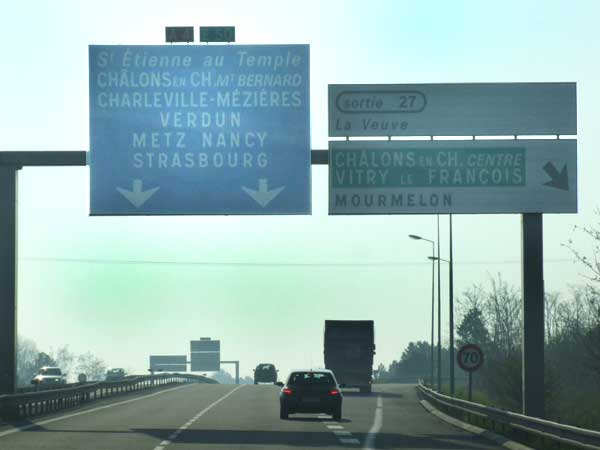
A4 to Verdun
It's about sixty percent of the way to Metz which is 100 kilometers east of Reims.
The A4 keeps going east. Stay on it and you'll eventually get to Strasbourg and then head into Germany. The names Metz and Strasbourg are German or perhaps more correctly Germanic in origin. The cities are older than Germany. The German links are no coincidence this area has been ping-ponged back and forth between France and Germany since the time of the Franks – when Charlemagne's son split his realm up among three of his sons (Charlemagne's grandsons). In time, to oversimplify, the three portions became France to the west, Germany to the east and a middle ground named after his descendant Lothar, and that is today Lorraine. Yes, of the quiche fame. Lorraine of today is smaller than it was at the time of Lothar. In fact, it would properly be described as a large vertical swatch that would have encompassed today's Alscace, Lorraine and much more. So it is no coincidence that this middle ground has been fought over repeatedly by France and Germany.
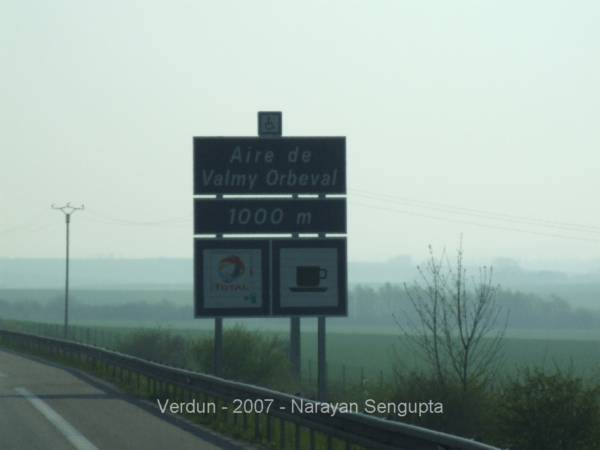
Valmy is another battlefield we wanted to see
In the Franco-Prussian War of 1870-1871, the French were soundly thrashed by Prussia and her German allies. Germany was created as a result, being proclaimed in the Hall of Mirrors in Versailles. While many historians would argue that the Germans were tough on France (and that France was tough on Germany in 1918), I would argue that the Germans were lenient. They demanded reparations in the form of money, the two provinces of Alsace and Lorraine and perhaps some raw materials, if memory serves correctly (but don't quote me). France was neither annexed nor split up (unlike the way France and other nations treated a great number of other nations around the world). Nonetheless, the French remained upset about the "lost provinces" and were quite anxious to get them back.
Tensions ran high in between the Franco-Prussian War and the beginning of World War I and it led the Europeans into preparing for the next war. The French, knowing that the Germans outnumbered them almost two to one, made alliances all over the place. The Germans, perhaps to counter French moves did the same.
This created the set of alliances and hair trigger responses which caused a few bullets fired at a second string monarch to lead to World War I. How ironic that such great defensive preparations to try to avoid war in fact led to the greatest of all wars up to that time.
The war broke out in August, 1914. It had settled into a pretty good stalemate within a few months leading to the famous trench warfare we see so often in the movies about that period.
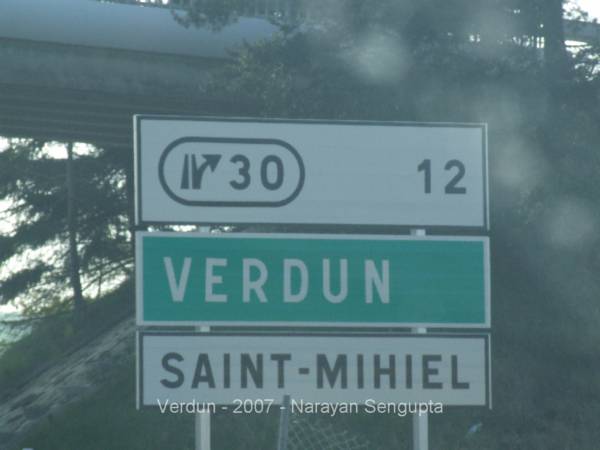
Verdun - historic names all around
So anyway, the Germans decided to bleed the French army white at Verdun. Verdun was symbolic as seem to be many places where pitched urban battles take place – such as at World War II's Stalingrad, or "Verdun on the Volga" as some refer to it.
My brother in law Jean Pierre and I decided to go for a visit. It's not too far from the house. I met him at his place and then we drove from there.
The drive was pretty fast. The only out of the ordinary things on the beginning of the road trip were coming upon a twisted and jack-knifed blue 18-wheeler that was still steaming. The skid-marks were fresh. We pulled off to assist, but the driver was clearly okay, unnerved, but okay.
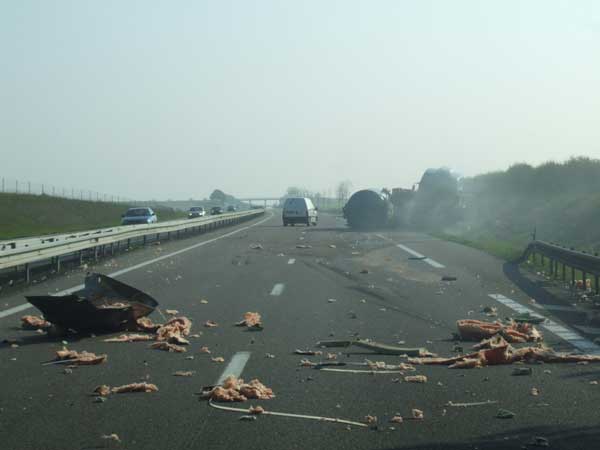

A4 to Verdun
He was busy on his cell phone and walking about his truck. I wondered if he had been on his cell phone at the time of the accident. After all, 18 wheelers don't just spontaneously jack-knife and there were no other vehicles involved in the accident and the roads were slick. And then, completely coincidentally, we found on the side of the highway in the several hundred feet in front of the wrecked truck where we had first pulled off, first one, then two, three, seven, nine and more and more and more gift cards for Auchan, a French department/grocery store that we really like. I think we found something like 50 in all and they were each for about 20 Euros. So figure about $1500 worth of Auchan gift cards. [We returned them directly to Auchan later since we didn't know who dropped them by the side of the highway or why someone would have done so. Still, it would have been fun if they could have been activated by Auchan and given to charity.]
We drove on and pulled off on to the Voie Sacre (Sacred Road) – that very thin, winding thread of a road follows every curvy contour of the land and that in 1916 became the life-line into otherwise cut off Verdun. It happens to be the road that leads from the A4 into Verdun which is about 10 kilometers away from the highway. Today it's a Route National designated N35. It starts south of us in St. Dizier, heads up to Bar le Duc and then eventually almost to Verdun. Then outside of Verdun it merges with N3.
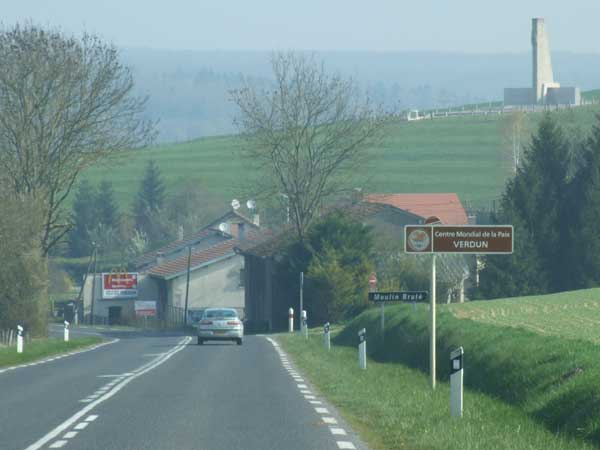
And then we're in Verdun. We come upon the Citadelle right away. Click Verdun Citadelle to continue.
Verdun - Index
- Verdun - Driving from Paris
- Verdun - Fort Douaumont, p.1
- Verdun - Fort Douaumont, p. 5
- Verdun - Fort Douaumont, p.2
- Verdun - Fort Douaumont, p.3
- Verdun - Fort Douaumont, p.4
- Verdun Citadelle
- Verdun - the city
- Fort Vaux, p.1
- Fort Vaux, p.2
- Verdun - Douaumont Ossuary
- Verdun - Douaumont Ossuary, p.2
- Departing Verdun
- Verdun FAQs
- Links to other websites for further information about Verdun

 Home
Home Hearts of Iron
Hearts of Iron


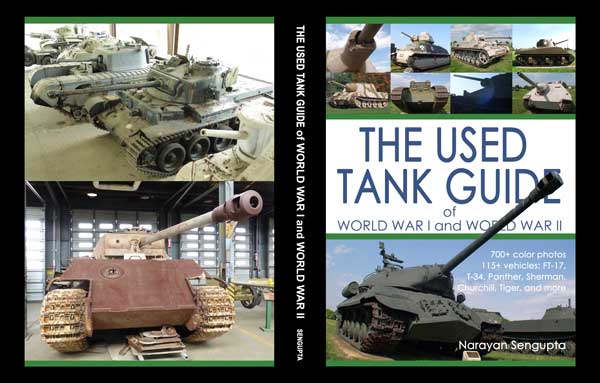

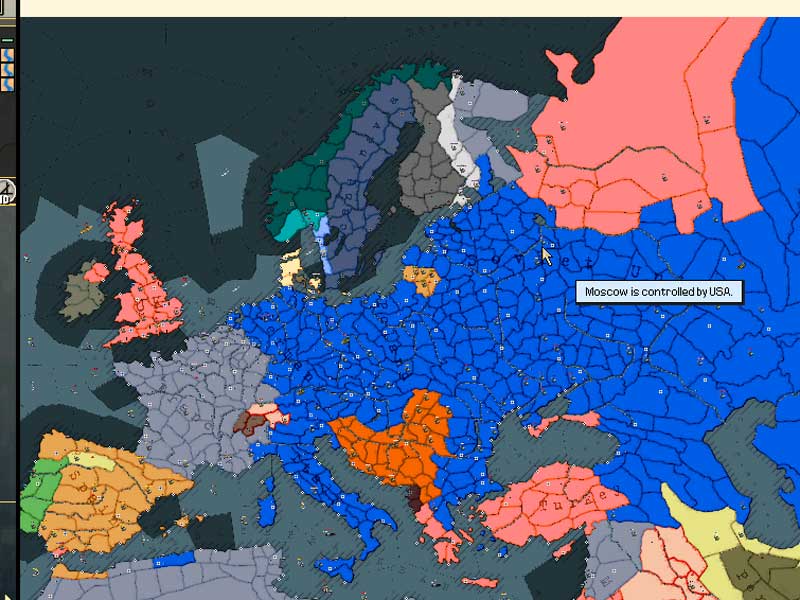
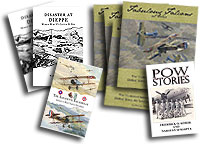


 French Military Victories...
French Military Victories...